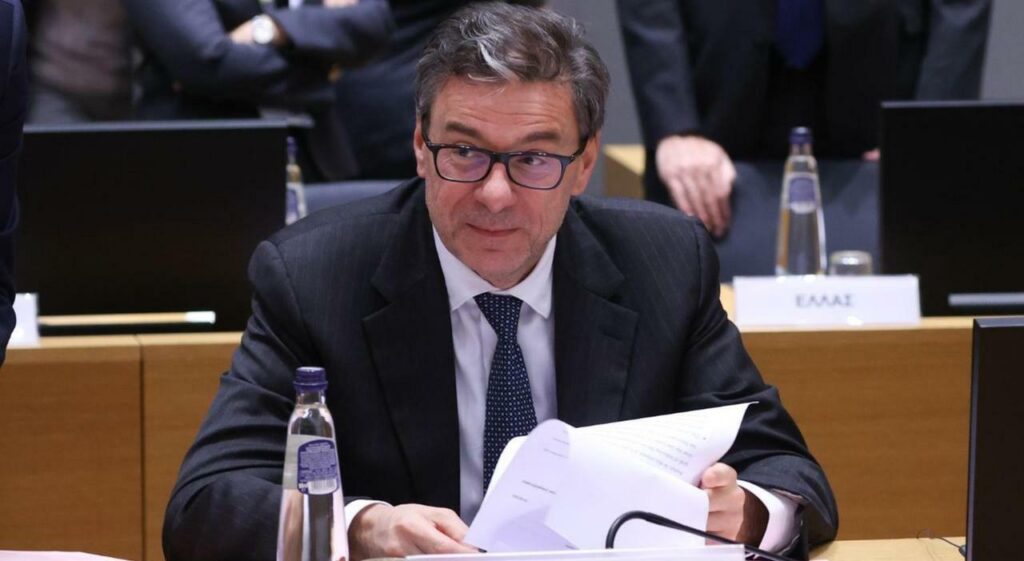
The EU promotes Italy’s economic maneuvers. At a meeting in Strasbourg, the European Commission yesterday presented the Union states with a “report card” contained in its six-monthly public financial monitoring autumn package. An assessment of its merits will be announced in late spring, when the budget takes effect. But in its overall structure, Italy’s 2026 budget plan (Dpb) is consistent with Brussels’ orders and with the path to consolidate the balance sheet, the EU executive said in an opinion dedicated to our country. Also OK for Dpb 11 other states, including Germany and France.
Returning to Italian budget law, in the Commission’s opinion, Rome respects the net spending growth limits (parameters introduced by the new Stability Pact) set by the EU: this year it will increase by 1.2% and next year by 1.5%, in both cases lower than the maximum allowable annual value (1.3% and 1.6% respectively) and the cumulative value (0.5% compared to a possible 0.9%).
EFFORT
“Italy’s Dpb is in line with the requirements of the new financial framework and we welcome the efforts to reduce the deficit below 3% this year, so that the procedure can come out next year,” said Economic Commissioner Valdis Dombrovskis.
The Commission has also put the excessive deficit procedure it opened a year ago on technical pause as it prepares to launch it against once-thrifty Finland. Like the other eight states under the EU lens, no new corrective measures were indicated. Not only that. For Italy, as anticipated in connection with the figures released a week ago on the occasion of the publication of the autumn economic forecast, a definite exit from this procedure will take several months. This report will arrive with the next “report card”, on June 3, based on the 2025 deficit data certified by Eurostat and estimates (which are already trending in that direction) regarding the stable maintenance of the data below the 3% threshold for the following years. In the EU’s expectations for 2025, the unrounded figure is already slightly lower than the reference value, namely 2.98%, but only in the spring the Commission service will decide – according to common sense, they assure Brussels – how to calculate the decimal value after the decimal point. Political consequences arise from technical calculations.
A POSSIBLE TURNING POINT
In fact, the possibility for the government to immediately invoke the clause allowing military deficit spending of up to 1.5% of GDP per year depends on the closure of EU procedures on that account (Italy’s total defense allocation, for now, is estimated at 1.3% of GDP in 2025 and 1.2% in 2026). The “discount” that is an affront to the Pact, activated by 16 countries so far, is a key part of the EU’s weapons plans. And this allows Germany to exceed the 3% upper limit without incurring a yellow card from the European Union. “The Brussels agreement confirms that we are on the right track, followed by responsibility and seriousness,” said Economy Minister Giancarlo Giorgetti. “Regarding debt, the path is already set, after deducting the negative cash impact of the Superbuilding Bonus. For growth, which does not satisfy us, we will do our part but we need an international framework that takes into account major changes at the global level”, added Giorgetti. To support the increase in GDP, which Dombrovskis says is still “relatively slow” (by 2027 EU estimates place it at the bottom among the Union countries), the Commission emphasized productivity and competitiveness, asking Italy to make a “gradual transition from the Pnrr (whose non-extendable deadline is August 2026, ed.) towards greater use of cohesion funds to support the level of public investment”.
© ALL RIGHTS RESERVED





